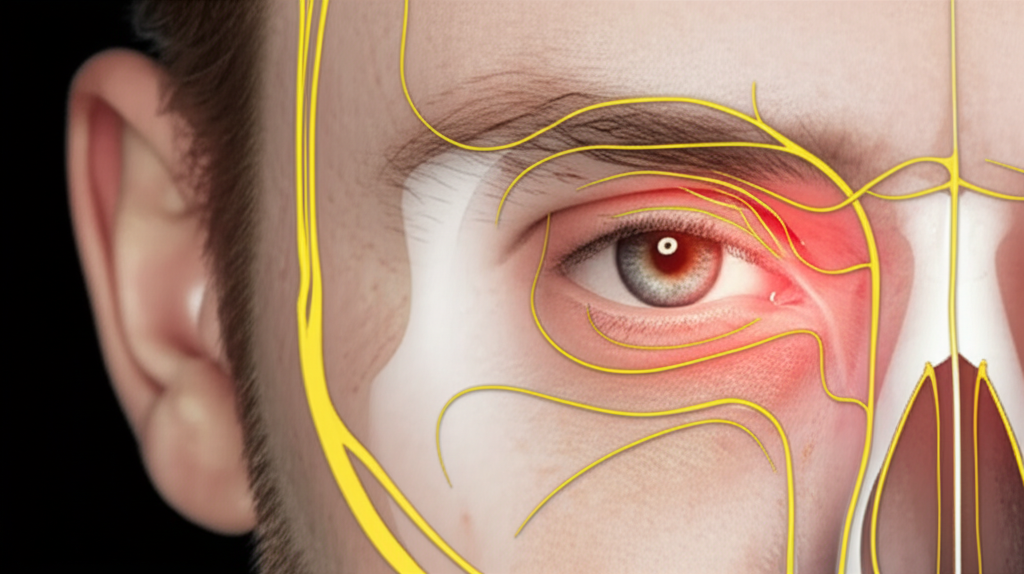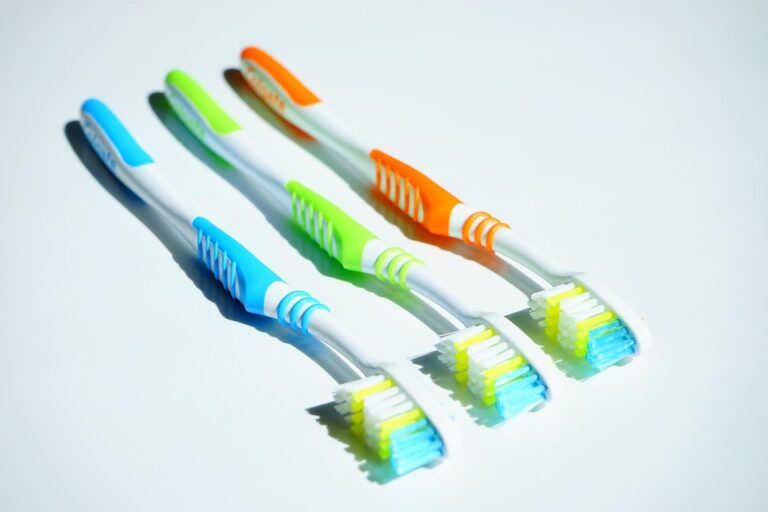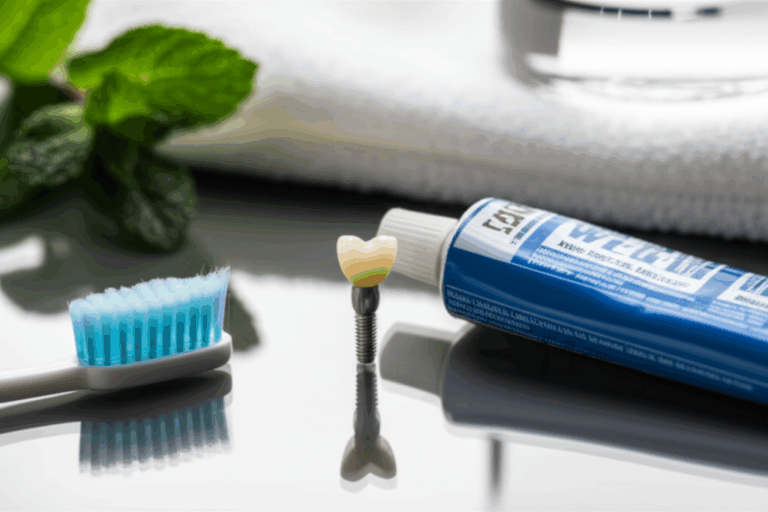
Can Dental Problems Cause Eye Problems? The Surprising Connection
Have you ever had a stubborn toothache and a few days later noticed that your eye was swollen, hurt, or your vision got blurry? You might think those issues are totally unrelated, but you’d be surprised! The question, "Can dental problems cause eye problems?" comes up a lot, and the answer is a strong yes. Although it doesn’t happen every day, the link between your teeth and your eyes is real, and some cases can be very serious.
It’s easy to think a toothache is just a problem with your tooth, but our bodies work together in lots of ways. The nerves, blood vessels, and bones in your face make a direct path from your teeth to your eyes. This means an infection or swelling in your mouth can sometimes spread, causing strange and worrying eye symptoms.
Knowing about this connection can help you keep both your teeth and your eyes safe. In this article, we’ll talk about how dental problems can affect your eyes, what warning signs to look for, and when you should see a doctor right away.
Table of Contents
- The Close Relationship: How Your Teeth and Eyes Are Connected
- Specific Dental Problems That Can Affect Your Eyes
- Key Eye Symptoms to Watch For
- Diagnosis and Treatment: Bridging Dentistry and Ophthalmology
- Prevention: Protecting Your Eyes Through Oral Health
- Frequently Asked Questions
The Close Relationship: Anatomy and Pathways of Spread
To see how a tooth problem can turn into an eye problem, let's look at how your head is built. Everything is a lot closer together than you might think!
Anatomical Proximity: Closer Than You Think
How Do Problems Travel from Tooth to Eye?
When you have a dental problem like an abscess or bad gum disease, it can affect your eyes in a couple of ways:
- Direct Spread: This is the most common way. An infection at the tip of an upper tooth can work its way through the thin bone into the maxillary sinus, causing odontogenic sinusitis. From there, the infection can move up, through the even thinner bone floor of the eye socket, and into the space around your eye, causing a dangerous condition called orbital cellulitis.
- Through the Bloodstream: Germs from a dental abscess can get into small blood vessels in your gums and jaw. From there, they can ride the blood to other places, including inside your eye—sometimes causing endophthalmitis, a serious inflammation inside the eye.
- Inflammation: Sometimes, your body’s reaction to germs (not the germs themselves) causes trouble. Ongoing swelling from bad periodontitis (gum disease) can send chemicals into your blood, which might lead to things like uveitis (inflammation inside the eye).
Specific Dental Problems and Their Eye Manifestations
Some dental problems are more likely to lead to eye issues than others. Here are the main types and the problems they can cause:
- Dental Abscesses and Infections
A dental abscess is a pocket of pus caused by germs. It can be at the tip of the tooth root (periapical abscess) or in the gums right next to a tooth (periodontal abscess). If you don’t treat it, the infection won’t just stay there.
- Orbital Cellulitis: This is a serious infection of the fat and muscles around the eye. It often starts as an infection in the sinus caused by a sick upper tooth. Symptoms include:
- Painful, swollen eyelid
- Red or purple eyelid
- Bulging eye (the eye sticks out)
- Pain when you move your eye
- Blurry or reduced vision
- Fever
This is an emergency. If you get these symptoms, especially with a toothache, go to the emergency room right away.
- Periorbital Edema: This is swelling in the area around (but not inside) your eye socket. It looks like a puffy, swollen eyelid. It's not as bad as orbital cellulitis, but it’s a warning that an infection is spreading.
- Cavernous Sinus Thrombosis (CST): This is very rare but life-threatening. An infection from a tooth can travel to a big vein at the base of your brain and cause a blood clot, which can hurt your eyes, brain, and nerves. Symptoms include:
- Really bad headache, especially behind the eye
- High fever
- Droopy eyelid
- Can’t move your eye
- Fast vision loss
CST is a real emergency—you need to be in the hospital immediately.
- Sinusitis from a Dental Source (Odontogenic Sinusitis)
Like we said, the roots of your upper teeth are really close to your maxillary sinus. An infection from a tooth, a root canal, or even after pulling a tooth can spread into this sinus, causing swelling and fluid buildup. This happens more commonly than you might think.
Because the sinus sits right below your eye, swelling can cause:
- Pain and pressure behind or under the eye
- Headache in your cheek or forehead
- Watery or teary eyes
- Swollen face that goes up to your lower eyelid
- Rarely, blurry vision from the pressure
- Gum (Periodontal) Disease
Periodontitis is a serious gum infection. If not treated, it can destroy the bone that holds your teeth. But it doesn’t just cause tooth loss. Bad gum disease can create ongoing body swelling—so cells and germs from your gums can get into your blood and cause problems elsewhere.
Studies suggest chronic gum disease might link to these eye problems:
- Uveitis: Swelling inside the eye. Some studies say people with ongoing periodontitis are more likely to get uveitis.
- Glaucoma: The link is still being studied, but long-term swelling from gum disease may play a part in glaucoma, which damages the nerve going to your eye.
- Dry Eye Syndrome: Chronic swelling can hurt the glands that make tears, causing dry or scratchy eyes, or making dry eyes worse.
- Temporomandibular Joint (TMJ) Dysfunction
The temporomandibular joint is the jaw hinge that connects your jaw to your skull. If it gets inflamed or doesn't work right (called TMD), you can get all sorts of odd symptoms. Because nerves for the jaw muscles also connect to other facial nerves, TMD can cause referred pain.
You might feel:
- Pain behind your eyes
- Pressure or fullness around your eyes
- Headaches that feel like eye strain
This isn’t a physical infection, just nerves getting mixed up.
- Dental Procedures and Injury
Sometimes, eye issues can happen as a side effect after dental work.
- After an Extraction: Especially after removing upper wisdom teeth, it's common to have some swelling. This can go up to your cheek and under your eye, making it look bruised or puffy. This is usually mild and goes away as you heal.
- Anesthesia: The numb medicine for your upper teeth can sometimes affect the nerves going to your eyelid or pupil. This is rare and goes away in a few hours.
Key Eye Symptoms to Watch For
If you have tooth pain, recent dental work, or gum problems, watch out for these eye symptoms.
Get medical help right away if you notice:
- Sudden or really bad eye pain
- Bulging (sticking out) of one eye
- Double vision or blurry vision
- Can’t move your eye in some directions
- Droopy eyelid
- Vision loss
- High fever, confusion, or severe headache with any of the above
These could mean a bad, dangerous infection like orbital cellulitis or cavernous sinus thrombosis.
See your dentist or doctor soon if you have:
- Swelling and redness near one eye
- Always watery eyes
- Pain or pressure behind your eye
- Headaches that seem to start in your teeth or jaw
These might be early signs of a spreading dental problem or nerve trouble.
Diagnosis and Treatment: A Team Approach
If you think your eye problem might be connected to your teeth, you may need to see both your dentist and an eye doctor.
- For Tooth Infections: The main goal is to get rid of the infection. This usually means a root canal to save the tooth, or pulling the tooth if it’s too damaged. You’ll also get antibiotics to fight the germs.
- For Sinusitis: If a sinus is involved, you might also need help from an ENT doctor, with things like nose sprays or draining the sinus.
- For Serious Eye Problems: Issues like orbital cellulitis need you to be in the hospital, getting antibiotics through an IV. Sometimes, emergency surgery is needed to drain pus and take pressure off your eye nerve.
Prevention: A Healthy Mouth Means Healthy Eyes
The best way to stop these serious problems is good mouth care. It’s way easier to prevent things than to fix them.
- Brush and floss every day: This is your first defense against cavities and gum disease, the main causes of dental infections.
- See your dentist twice a year: Get professional cleanings and exams every six months. This helps catch early problems before they turn into big ones.
- Don’t ignore tooth pain: Pain in a tooth is a warning. Don’t wait! See your dentist before it becomes a bigger issue that can spread.
- Treat gum problems: If your gums are red, swollen, or bleed when you brush, you might have gum disease. Treatment from a dentist or gum expert is important for your mouth and the rest of your body—including your eyes.
Conclusion: Don't Ignore the Connection
Your teeth and your eyes are surprisingly connected. What starts as a toothache can sometimes turn into a much bigger problem that could even threaten your eyesight.
The main message: Don’t ignore warning signs. If you have weird eye symptoms like swelling, pain, or vision changes—especially if you also have tooth or gum trouble—don’t wait. Call your dentist or doctor. Taking care of your mouth is one of the best things you can do for your eyes too.








